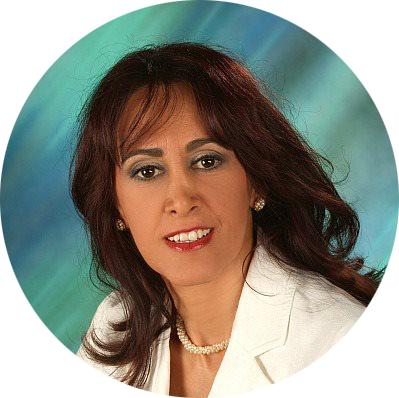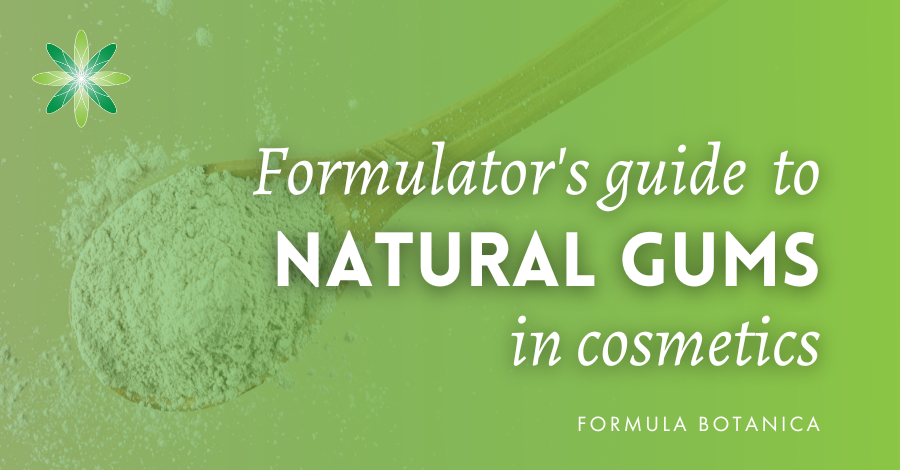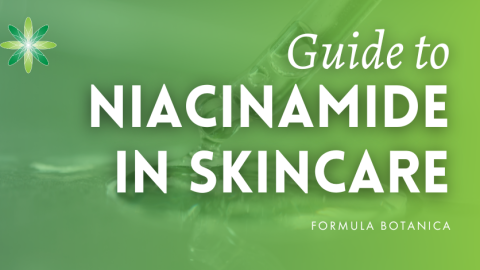Today we want to talk to you about a topic which is never touched upon in the world of natural skincare – the fact that you might be buying contaminated hydrosols when you shop for ingredients for your artisan skincare business. We don’t want to sound alarmist, but unfortunately we have found a general unwillingness amongst many producers, suppliers and consumers alike to address the fact that it is very important that your extracts and hydrosols are preserved correctly at source.
You have undoubtedly been told that your unpreserved hydrosol has a shelf life of e.g. 3-6 months as long as it is kept in the fridge. This is true – as long as the hydrosol isn’t opened or used after bottling at source.
How are hydrosols packaged at source by cosmetic manufacturers?
There is a rising trend in the cosmetic ingredients industry to produce unpreserved hydrosols and hydroglyceric extracts. This trend sounds appealing for anyone who wants to make natural skincare – after all, it means you can incorporate lovely botanical extracts without having to incorporate synthetic preservatives.
When prepared by the mainstream ingredients industry, hydrosols and extracts are prepared in state-of-the-art premises under extremely hygienic conditions in line with Good Manufacturing Practice compliance. These hydrosols / extracts are then pasteurized and filled in original disinfected or sterilized containers. The overhead (the air above the hydrosol / extract) is filled with an inert gas such as nitrogen to lock out any air and oxygen.
The containers used to hold the hydrosols should remain intact and free of contamination, when closed and sealed in their original containers and stored under appropriate conditions for up to 6 months (in rare cases up to one year). These containers are drums of 5-50 kg (depending on the market demand and the nature of the extract or hydrosol).
This is an excellent opportunity for a formulator in a large-scale manufacturing factory to use unpreserved ingredients. Normally when you buy extracts, they come ready preserved. And if you’ve spent your time hunting around to try and find suitable extracts for your organic skincare brand, then you will know that most of them contain strong synthetic preservatives which generally won’t fit your formulation ethos.
Now you can see why buying unpreserved hydrosols and extracts offers such a great opportunity for you as a formulator. Imagine you’re a formulator and are using 5-10 hydrosols or extracts together with other water containing additives. All of a sudden, you might find yourself dealing with 10 different preservative systems in the final product if each of these extracts was already preserved when you bought them.
Can you imagine what a headache it would be during product development, routine quality control and stability testing to:
- Check the compatibility of all different preservatives in the system?
- Control and adjust the pH according to the optimum pH range of each single preservative ingredient?
- Control and adjust the max. application concentration of certain preservative ingredients under legal limitations?
- Control the impact of each preservative on all other ingredients that are blended into a certain formulation?
You can now see what a blessing it is for a formulator to be able to skip all of these time consuming steps when using unpreserved hydrosols and extracts.
Are retailers selling you contaminated hydrosols?
Now imagine that you’re making a formulation which contains somewhere between 10-50% of a hydrosol and 1% of each extract. If you’re making a batch size of 5 tonnes (which is not even a large batch in the industry), then you or your production assistant will open a 50kg drum and add the entire content to your batch, which is then immediately preserved. This is simple and comes without any complications.
However, when you work as an artisan, buy your ingredients in 100g – 5kg batches and work with small manufacturing quantities, then this won’t be the case for you. Your ingredients retailer then purchases the unpreserved drums of hydrosols / extracts, which according to the original manufacturer has a shelf life of 6 months to 1 year when kept in the original container.
Your retailer opens these drums and refills them in (hopefully) disinfected bottles. To add insult to injury, they don’t always operate under clean room and extremely hygienic conditions. As soon as the original drum of hydrosol / extract is opened, the content is exposed to air and contamination.
Your supplier then passes the original data sheet (which specifies that the hydrosol is ‘free of contamination’) to you and gives you the original manufacturer’s guidelines. These guidelines tell you that your hydrosol / extract is free of contaminants for 6 months when the original bottle is kept in a fridge. This advice is of course only valid for the sealed original drums but does not apply to the refills that the retailer is selling to you.
We have received an alarming number of reports of contaminated hydrosols from our students over the last year, who have microtested their unpreserved hydrosols and extracts as they arrive and found that they’re already contaminated on arrival. Their suppliers have told them that their hydrosols and extracts have a shelf life of at least 6 months if the bottle is kept in the fridge. However, this advice may not be applicable to the refills that their retailers are selling them.
Are you buying unpreserved contaminated hydrosols for your #skincare formulations? Share on XCan you preserve contaminated hydrosols?
The issue of unpreserved or contaminated hydrosols features widely in the tutor questions we receive from Formula Botanica students on our Certificate in Natural Cosmetic Preservation and Certificate in Cosmetic Stability Testing. Our students often ask us the question: my hydrosol or extract is contaminated. Can I add a preservative to it and still use the hydrosol?
Preservatives are added to cosmetic products and raw materials to avoid contamination. Any addition of a preservative after contamination has occurred is not completely effective. Even if the addition of the preservative could kill the microorganisms in the raw material or in the finished products, it doesn’t completely eliminate their endotoxins and by-products of the interaction between the preservative and contaminants. In the very best case, these by-products will have a negative impact on the stability of the product. They may even cause physical harm to the consumer.
As tempting as it is to buy an unpreserved hydrosol or extract when you’re an artisan formulator, we recommend that you avoid buying unpreserved hydrosols and extracts in refill bottles. These hydrosols or extracts are very probably already contaminated when you receive them. Our recommendation is always to purchase preserved hydrosols and extracts unless these are in original sealed drums and not in refill bottles.
Other articles to read on this topic:
- 16 Point Checklist: How to choose a Natural Preservative for your Skincare Formulations
- Can your cosmetics kill you?
- What can go wrong if you don’t control your formulation’s pH?
- 5 Reasons Why Your Natural Formulations Need Preserving
- When even phenoxyethanol fails: The Liz Earle Re-Call
Want to learn more about natural cosmetic preservatives? Read: Everything you wanted to know about natural preservatives.
Have you ever used a micro testing kit on your ingredients to see if your suppliers are selling you contaminated hydrosols or extracts? Leave us a comment below with your experiences!
FREE TRAINING
Learn how to become an
Organic Skincare Formulator
FREE TRAINING
How to become an
Organic Skincare Entrepreneur
FREE TRAINING
How to become an
Organic Skincare Entrepreneur
Leave us a comment

Dr. Elham Eghbali was Formula Botanica’s Cosmetic Chemist between 2014 and 2018. She has over 20 years’ industry experience and is based in Bavaria, Germany. To read more about Formula Botanica’s team, visit our staff page.



























